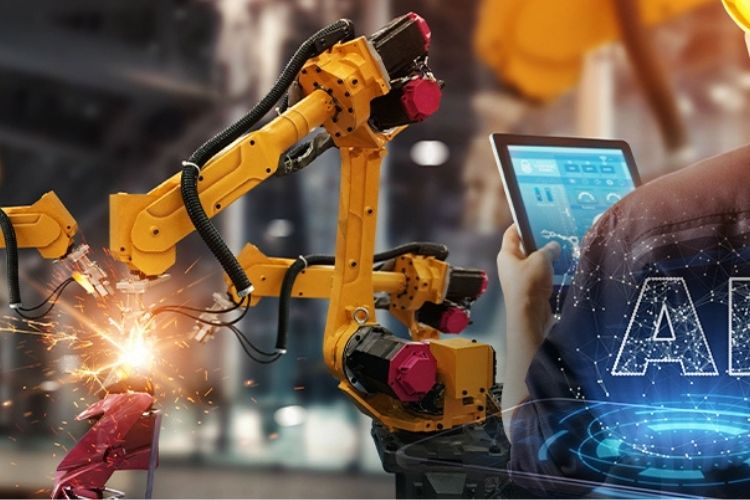GovTech is a whole-of- government approach to public sector modernization that promotes simple, accessible, and efficient government. There used to be a time when citizen interaction with government was managed by a small coterie of bureaucrats who understood the government process very well. However with rising expectations from citizens on standards of government service delivery, the dependencies on this group increased. Moreover, governments too recognized the importance of modernization to boost government efficiency, transparency, responsiveness, and citizen trust. All this put together has paved way for the engagement of private sector in the sectors which were previously only dealt by government (like transportation, banking, education, healthcare etc. The underlying truth of successful GovTech implementations has mostly been collaboration to usher in gradual change, one step at a time.

The story of GovTech for food security in Odisha is one worth an audience. It all started with a small step towards the government service delivery efficiency when we were working in Food supplies and Consumer Welfare department in Government of Odisha. The department mostly deals with distribution of ration at the lowest level of the demography hierarchy. However with the latest involvement of government in procurement of paddy, it was more important to streamline the entire eco system.
Procurement was one of the input to the PDS and the efficiency of procurement has a direct impact on the success of public distribution. Middlemen were present everywhere, ready to take out a pie from the benefits to the actual beneficiaries. Humanly it was impossible to handle the situation. So technology was the best option left out.
We started with baby steps, by creating a central database of all stakeholders. And codifying them scientifically to know the demography and type of the stakeholder. Starting from Mandis to Fair price shops all were codified.
However the major challenge was to make the transaction efficient using technologies. The journey started with a small SMS based communication tool where the department could collect paddy procurement data from societies and Mandis. Also the information about rice delivery could be collected from Millers and depots. This got implemented in few days only without much investment at the client end. The same process was adopted to get the stock position of the fair price shop before full fledge implementation of FPS automation system.
Later on many systems were implemented such as Farmer Registration system and Paddy Procurement application with single data payment through online banking, Ration card management system, Miller Billing Automation System, SAP ERP for finance and procurement management system automation. Today the technology penetration in this department has reached such levels that the entire supply chain management is done through IT systems with MINIMAL human intervention.
What stands out in this technology implementation is that no system exists in silos and all transactions are carried out on an integrated platform. Each system talks to each other in almost on real-time.
Second most important thing is that the department is not limiting itself to system automation. Rather it regularly takes feedback from stakeholders and keeps improvising the whole system. Some of the latest technology implementation in the platform include:
- MDM (master database Management) at the time of ration card registration,
- POS (Point of Sale) device duction at the Fair Price Shop with AADHAAR authentication
- IRIS Scanning and authentication at the time of Paddy Procurement to ensure the right person gets to sell and receive the benefits.
- Block chain technology implementation for the security of Miller Acceptance note and vendor receipt during paddy procurement.
Today department is ensuring food grain reaching to the beneficiaries on time as well as payment made to the farmers for paddy procured within 24 hours of acceptance from Miller. All because of the proper utilization of IT solutions at the right place. The effort done by the government is to make the system simple, acceptable and for the benefit of the stakeholders. Though it takes time to accept change but if the system gives benefits, it always manages to gain acceptance from all quarters.

















































We will verify and publish your comment soon.